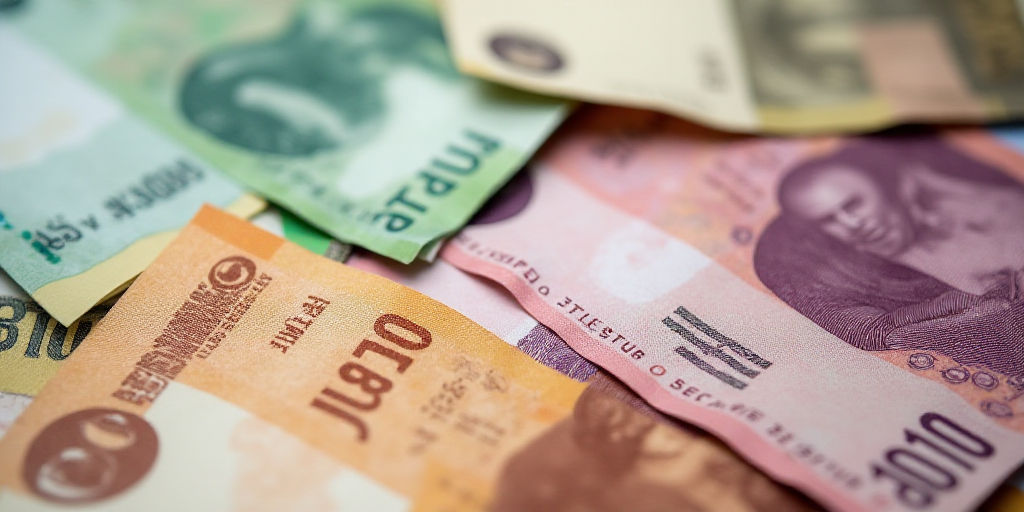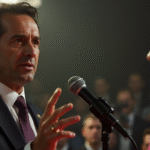Introduction to Oxfam’s Claim
According to a recent report by Oxfam Intermón, the wealth accumulated by the top 1% richest individuals since 2015 could theoretically end global poverty for the next 22 years. This revelation comes as the world prepares for the International Conference on Development Finance in Sevilla.
Wealth Accumulation and Poverty Levels
The report, titled ‘From Private Profit to Public Power: Financing Development, Not Oligarchy’, highlights that the wealth of the top 1% has grown by $33.9 trillion in real terms since 2015. This amount is more than enough to eradicate poverty annually for 22 years.
Currently, approximately 3.7 billion people, nearly half of the global population, live below the poverty line, defined as less than $8.3 per day by the World Bank. Additionally, over 700 million people suffer from hunger, and it will take at least 123 years to achieve parity.
Rise in Millionaires and Billionaires
Despite the lack of poverty eradication in the last decade, there have been 1,202 new millionaires and it is estimated that there will be five billionaires within a decade. These ultra-wealthy individuals possess more wealth than the 95% of the world’s population.
The mere 3,000 millionaires globally have gained $6.5 trillion, a sum that could bridge the financing gap for the Sustainable Development Goals (SDGs), currently estimated around $4 trillion and expected to reach $6.4 trillion by 2030.
Wealth Concentration and Political Influence
Oxfam’s report also points out the disproportionate concentration of millionaires in the Global North, which has translated into political power and a shift towards oligarchy. This allows the ultra-wealthy to shape political and economic decisions, ultimately increasing their wealth and hindering efforts towards a more equitable society.
Moreover, the reduction in taxes for the wealthy and large corporations over the past few decades, along with increased sovereign debt payments, has impacted governments’ ability to provide essential public services like clean water, education, and healthcare.
Wealthier World, Less Capable Governments
The analysis concludes that, although the world is significantly wealthier than it was a few decades ago, governments are not. Between 1995 and 2023, private wealth worldwide grew by $342 trillion, eight times more than public wealth, which only increased by $44 billion.
Furthermore, the report critiques the ‘Washington Consensus’ of a decade ago, which aimed to leverage public resources through the private sector using various financial instruments. However, it has failed to convert thousands of millions into billions.
In reality, a 2019 study found that on average, only $0.75 of private funds were mobilized for every dollar of public resources, dropping to $0.37 in low-income countries. Oxfam emphasizes that private funding, despite its allure, is often more expensive and riskier than public funding.
Despite these findings, governments and financial institutions continue to prioritize private funding over traditional development aid.
“Instead of supporting Southern Global countries in building their own public services, development institutions are subsidizing private investors to extract profits, further entrenching inequality and lowering standards,” the Oxfam report criticizes.
Oxfam asserts that calls for private funding to replace development aid are not only mistaken but also hypocritical, effectively turning official development assistance into a risk-free resource for Northern Global corporations under the guise of helping the Global South.






